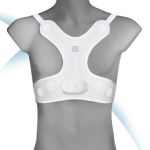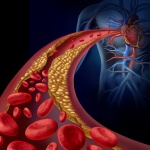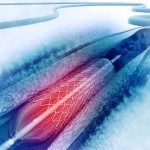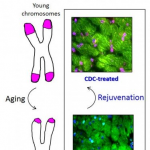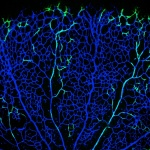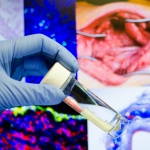
Article • Heart bypass surgery
New technique transforms veins into arteries
Scientists in the United Kingdom are investigating the potential of a new regenerative and tissue engineering technique that could transform veins into arteries to improve the outcomes for patients undergoing heart bypass surgery.






